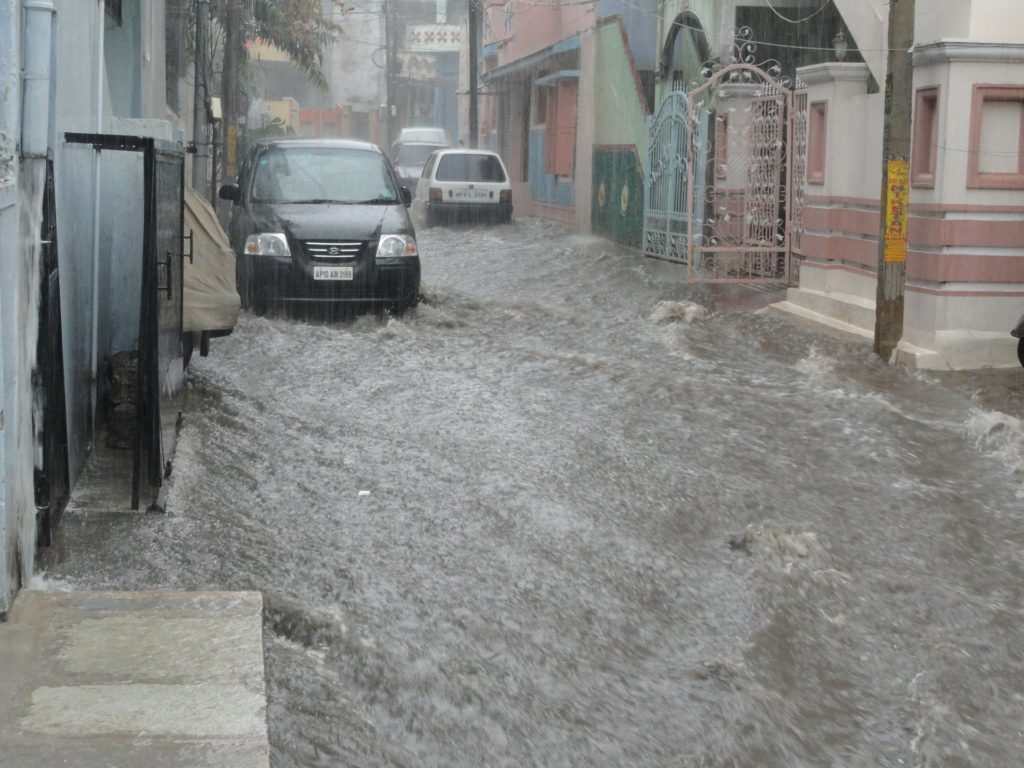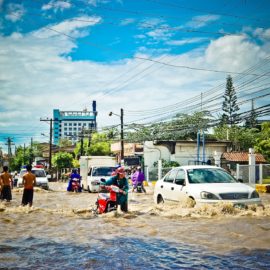
The new and improved flood insurance rates are out and they are higher. Mark Ballard maintains that they are now fairer.
Republican state Rep. Tanner Magee. You deal with it, he says, particularly when trying to find temporary shelter for the 10,000 Terrebonne Parish families left homeless by Hurricane Ida. “My frustration always is you get this kind of resistance of ‘why do you live there?’” said Magee, the second-ranking leader of the Louisiana House. “We’re not like a beach town with luxury condos,” Magee said, pointing out that coastal residents living in vulnerable areas work in the seafood and energy industry. “That question ought to be turned back on the people asking it: How much do you want to pay for gas? How much do want to pay for seafood?” The “why do you live there” question also underlies the new Federal Emergency Management Agency methodology to calculate flood insurance premiums. Louisiana congressmen are pushing to postpone the new Risk Rating 2.0, claiming that 80% of policyholders are going to see price increases, some so large that living in south Louisiana may become unsustainable for some.
theadvocate.com
Why do people live her? Why live in California? Why live in the Mid-west? Every place has some form of bad weather but I can understand the question why should I rebuild you every few years?
Since the 1970s, FEMA priced National Flood Insurance Program policies primarily on zones on flood maps and the property’s elevation. New policies and those up for renewal will be subject to the new rating methodology from October through March. Then, the new calculations will be applied to policies up for annual renewal after April 1, which are most of them.Risk Rating 2.0, which went into effect on Oct. 1, incorporates more variables such as frequency, flood types, storm surge, and heavy rainfall. FEMA calls the Risk Rating 2.0 “a transformational leap forward” by ensuring rate increases and decreases are more equitable. That is, homes more susceptible to flooding pay more, those less so pay less.
Congress is getting involved as constituents are complaining.
U.S. Sen. Bill Cassidy, R-Baton Rouge, isn’t looking nationwide. “It’s bad news for south Louisiana, where rates for almost everyone will increase,” Cassidy said from the Senate floor Thursday. “These are middle-income and working families. They are folks trying to make ends meet and suddenly they’re no longer able to protect themselves.” New Jersey’s Democratic Sen. Bob Menendez, Cassidy’s partner in trying to postpone implementation until Sept. 30, 2022, said last week at a press conference on Capitol Hill that the price hikes initially would be manageable, but the increases would compound each year meaning that in four years flood insurance would cost twice as much as it does now.
What are the increases and where will be the areas hit the most?
FEMA calculates that of the 403,978 policies for single family homes in Louisiana, 20.4% will see a decrease, 78.4% will see a monthly increase of $20 or less. Still, at only a $10 increase, which most would be, that’s $240 more per year or, for me, about a third higher than this year’s premium. Cassidy lives in Baton Rouge’s 70808 ZIP code. Of the 2,126 covered single family homes in 70808, 1,014 could expect an increase of no more than $10, 15 homes would see up to $20 more and one house would see an increase in flood insurance of $30 a month, according to FEMA. The other 936 single family home policyholders, 44% in the ZIP code, would see a decrease in premium prices. In coastal Morgan City, 99.4%, or 2,045 of 2,058 homes in the 70380 ZIP code, would see an increase, mostly of about $20 per month under Risk Rating 2.0. Thirteen policyholders would see a decrease in premiums. As location is the mantra for real estate, so it is with the flood insurance debate and most of the country isn’t on a coastline. Many of those interior residents wonder why they should have to pay for damage of residents “rebuilding in the same areas again and again.”
Louisiana is not the only state that has flooding as many on rivers wee the same problem.
U.S. Rep. Glenn Grothman, R-Wisconsin, questioned FEMA Administrator Deanne Criswell at a House committee hearing Wednesday on this very point. “Are we making sure that people (that) are in precarious areas that we are not rebuilding there?” he asked. “Our new Risk Rating 2.0, certainly the risk of where people build is reflected in their insurance premium in a way that it hasn’t been before and so those that are in greater risk areas will have a higher premium,” Criswell answered. Lafayette Republican Rep. Clay Higgins jumped in. He asked Criswell if she would delay implementation of 2.0 “until we get some answers of what it really means?” Criswell noted Risk Rating 2.0 already has been implemented.
If we live here we need the flood insurance. On another note how could a representative who is following this, and I wold hope those in Louisiana are, not know about the status of the program?



